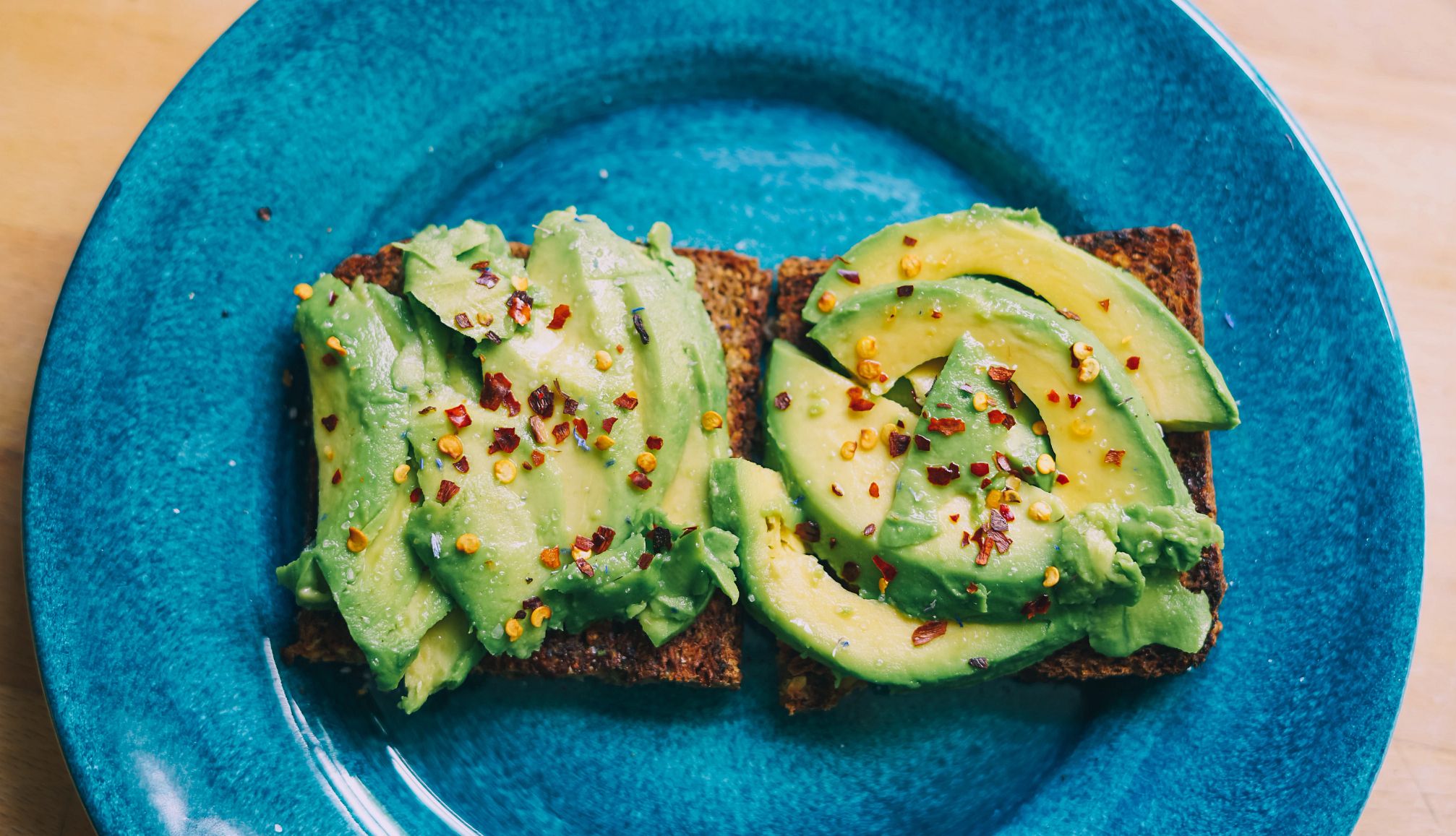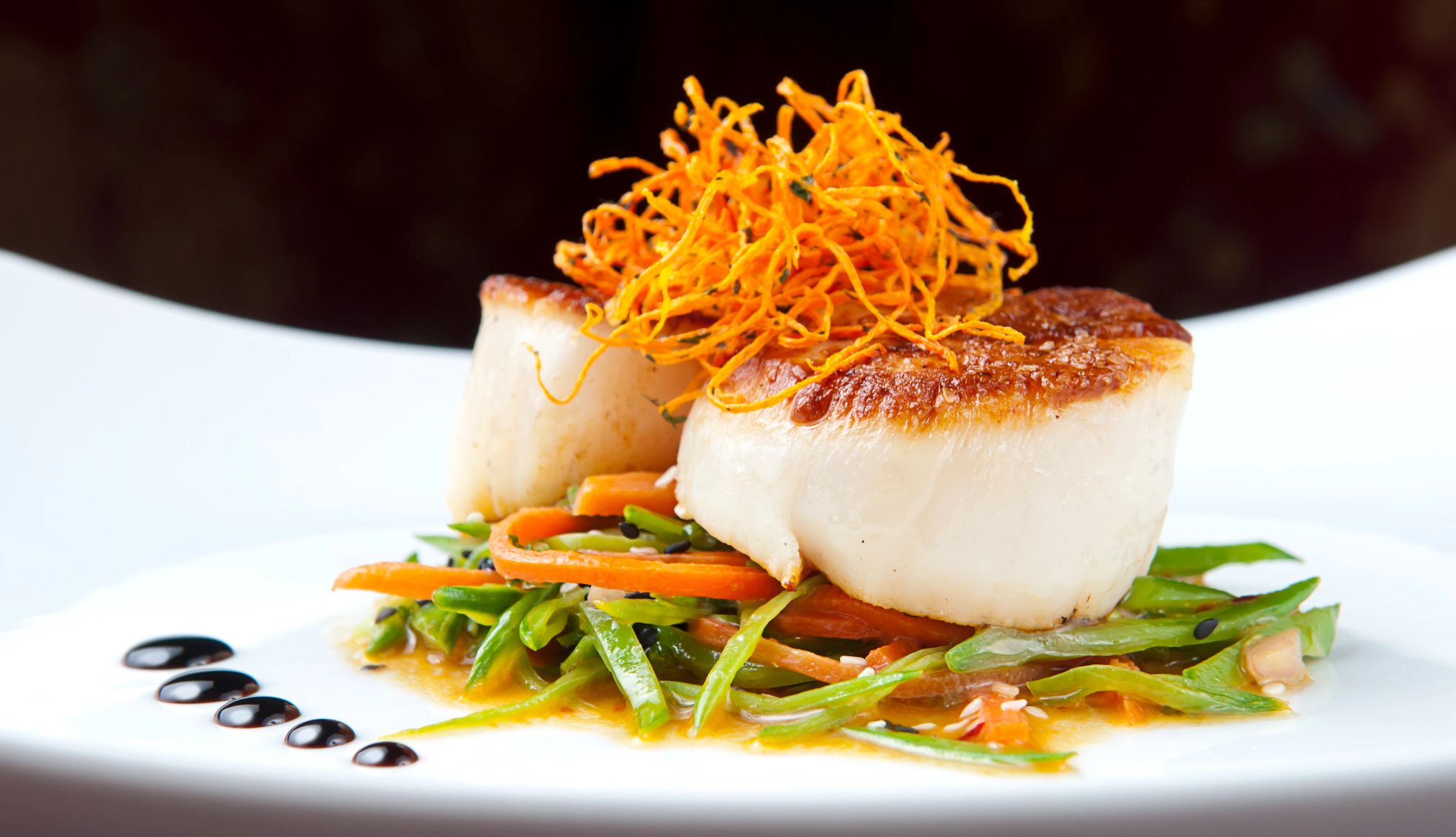AARP Hearing Center


If you’re on a fixed income, you’ve probably noticed your favorite dishes are more expensive or your eating out budget doesn’t stretch as far as it used to. And you’re right. The Consumer Price Index in June 2025 says prices at restaurants, casual dining and fast-food establishments are up 3.8 percent over the past 12 months.
So when you do decide to dine out, you want to make it count. One way to do that: Know which dishes are actually worth the money you’re spending — meaning the ingredients make sense for the cost of the dish, and the meals aren’t easy to make at home. We spoke to four professional chefs about popular dishes they don’t think are worth your money when you’re going out to eat.
Avocado Toast
Slicing or mashing up avocado and serving it on top of a piece of toast has become commonplace on breakfast and brunch menus, and even at the local coffee shop — with a hefty price tag. “It is so popular but so overdone, uninspired and uncreative, and so expensive,” says Richard LaMarita, chef-instructor of health-centered culinary arts at the Institute of Culinary Education’s New York City campus. This simple meal is easy to make at home with two ingredients: avocado and toast. “Anyone could do this for a fraction of the cost,” he says.
Pasta
How much do older adults spend eating out?
On average, people ages 55 to 64 years old spend around $3,811 eating out a year, and those age 65 and older spend around $2,509, according to a report by the U.S. Bureau of Labor Statistics.
Spaghetti, fettuccine or penne is common on non-Italian restaurant menus, yet pasta dishes are often overpriced, especially if you calculate the cost of ingredients. Marcus Mooney, executive chef of Seattle Sutton’s Healthy Eating, has high standards for pasta and rarely orders it at restaurants. He once worked for an Italian restaurant group in Chicago and says, “They were charging $20 for a plate of rigatoni with marinara sauce, and the cost was $1. I can’t bring myself to pay that much knowing what’s involved and how it is prepared.” The only time he orders a pasta dish at a restaurant is if he knows they do it well, such as a lasagna or ravioli, or if they make a great carbonara.
Shrimp cocktail
This menu staple is an appetizer that requires two ingredients — shrimp and cocktail sauce — and usually has a high price point at restaurants. It is also incredibly simple to prepare at home.
“This is one of the easiest dishes in the world to make,” says LaMarita, adding that you can buy shrimp that is already deveined and peeled, so all you have to do is cook it and plate it.
Even for the novice cook, cooking shrimp is easy. “Make a court bouillon of water with a small percent [10 percent] of white wine, salt, peppercorns, bay leaf and lemon, and simmer for 10 minutes, then strain,” says LaMarita. “When poaching the shrimp, bring the court bouillon to a boil, then turn off the heat. Add the shrimp, cover and allow it to stand in water for three minutes, until it turns opaque.” Place shrimp so it hangs off the side of a bowl, and pour cocktail sauce in the middle to dip. He adds that restaurants buy premade cocktail sauce, so if you prepare shrimp cocktail home and use store-bought sauce, it’s the same as what you would get at a restaurant.
Scallops


Scallops may be a dish you seek out when you want to celebrate a special moment, but Bill Collins, a personal chef and instructor who worked as a cook at the Ritz-Carlton, Boston, says it’s a dish that’s often overcooked at restaurants.

































































More From AARP
Alton Brown's Buttermilk Biscuits: Reloaded
Light and flaky biscuits like my grandma used to make — but better
7 Home Tasks That Save You Money
Catch issues early, save on utilities, and extend HVAC lifespan5 Tasty Recipes That Use Frozen Vegetables
They're a quick and easy way to boost a dish's nutritional value